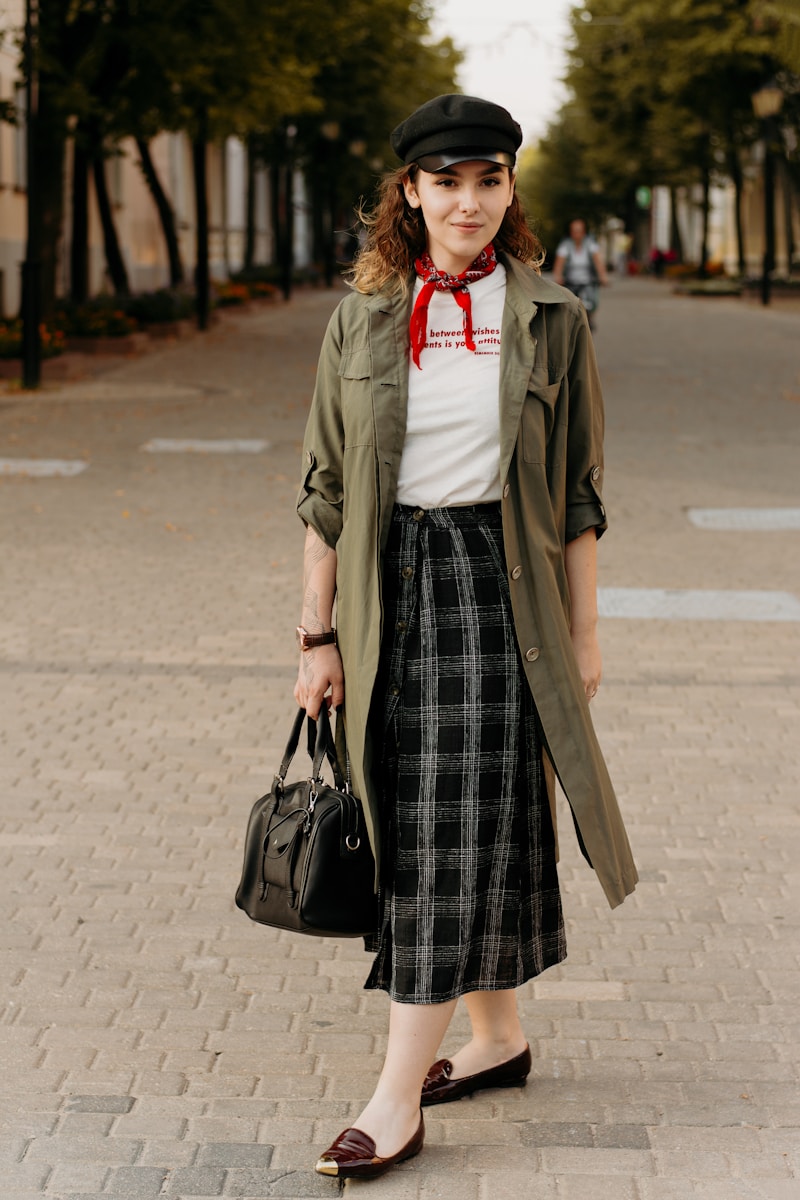Introduction: A Shift in Fashion Philosophy
In a world historically defined by ever-evolving fashion trends, the concept of a fashion uniform seems counterintuitive. Fashion, after all, has long been a platform for self-expression, variety, and reinvention. Yet, a quiet revolution is underway. Across industries and age groups, from tech entrepreneurs to style icons, more individuals are adopting a pared-down wardrobe philosophy. The rise of fashion uniforms isn’t about monotony or laziness—it’s about clarity, efficiency, and confidence. In a culture inundated with choice, less is proving to be more.
This essay explores the emerging trend of fashion uniforms, the psychological and practical reasons behind its rise, and why simplifying our wardrobes might be the smartest style move we can make in the modern era.
The Meaning of a Fashion Uniform
A fashion uniform is not necessarily a literal uniform but a consistent personal style formula—often built around a few staple items that are worn on repeat. Think Steve Jobs with his black turtlenecks, jeans, and New Balance sneakers. Or Fran Lebowitz, whose suits have become synonymous with her public image. For others, it may be a palette of neutrals, a specific silhouette, or even just a reliable rotation of quality basics.
The appeal lies in the uniformity. When you know what you look and feel best in, the guesswork of fashion disappears. Your clothing becomes a toolkit, not a puzzle. And in this simplicity lies immense freedom.
The Psychological Appeal: Decision Fatigue and Identity
One of the major drivers behind the rise of fashion uniforms is decision fatigue. In the digital age, our lives are cluttered with choices—from what to eat to how to respond to hundreds of emails. Our mental bandwidth is finite, and the energy spent deciding what to wear each day adds to the overwhelm.
Psychologists have long warned of the cognitive drain associated with too many choices. Fashion uniforms, then, become a form of mental self-care. As author and productivity expert James Clear suggests, routines free our minds to focus on what truly matters. By reducing wardrobe decisions, individuals can preserve energy for higher-stakes challenges.
Moreover, fashion uniforms reinforce a stable identity. In an era where personal branding is essential (whether you’re a freelancer, an executive, or a student), consistency in appearance can communicate reliability, professionalism, and authenticity. Just as a logo makes a brand recognizable, a fashion uniform becomes visual shorthand for the wearer’s character.
Minimalism Meets Maximal Impact
The rise of fashion uniforms is inextricably linked to the broader cultural embrace of minimalism. As sustainability becomes a core value in fashion, consumers are moving away from fast fashion’s endless churn. The shift is from accumulating clothes to curating a wardrobe. Thoughtful, high-quality pieces that last are replacing seasonal trend-chasing.
Consider the capsule wardrobe movement—a minimalist fashion approach encouraging a limited number of versatile, timeless pieces. With just 30 to 40 items, adherents can create dozens of outfit combinations. It’s not about sacrificing style but elevating it through thoughtful selection.
Far from bland, fashion uniforms often result in stronger visual identities. Icons like Karl Lagerfeld, Mark Zuckerberg, and even Barack Obama have adopted uniforms that became part of their public personas. Rather than blending in, they stood out more by leaning into a consistent look.
Fashion as Function: The New Workwear Aesthetic
In professional spaces, especially tech and creative industries, fashion uniforms are becoming the norm rather than the exception. Tech leaders like Zuckerberg famously wore the same gray t-shirt daily to reduce cognitive load. While the idea was initially met with ridicule, it has since become aspirational.
The reason? Functionality. In high-pressure environments where every minute counts, style efficiency is a superpower. Uniforms eliminate daily wardrobe battles, speed up morning routines, and reduce the anxiety of “dressing right” for the occasion.
Interestingly, this mindset is now influencing high fashion. Designers are increasingly showcasing collections centered on repeatable, wearable pieces. The ‘quiet luxury’ trend—marked by subtle, understated garments with impeccable tailoring—echoes the uniform ethos. Brands like The Row, COS, and Totême exemplify this aesthetic, merging simplicity with sophistication.
Uniforms as Empowerment
Though often associated with conformity, the fashion uniform can also be a tool of empowerment. By establishing a personal dress code, wearers can reclaim control over how they are perceived. It reduces vulnerability to external judgment and trend cycles, allowing one’s values, intellect, and personality to take center stage.
For women especially, the fashion uniform can be liberating. From Coco Chanel’s pioneering suits to Phoebe Philo’s minimalist designs at Céline, simplified dressing has historically marked moments of female empowerment in fashion. Today, women like New York Times editor Vanessa Friedman and designer Victoria Beckham demonstrate how uniforms can combine elegance, authority, and ease.
In the age of social media, where visual presentation is scrutinized daily, the uniform offers a way to opt out of the performance without sacrificing style.
Sustainability and Ethical Fashion
The environmental cost of the fashion industry—responsible for 10% of global carbon emissions—cannot be ignored. The fashion uniform encourages a conscious consumer mindset: buy less, buy better, and wear longer.
By investing in durable, ethical garments and wearing them repeatedly, fashion uniform adherents challenge the throwaway culture promoted by fast fashion giants. This shift not only benefits the planet but also disrupts the marketing machine that equates novelty with value.
Moreover, second-hand fashion, repair culture, and slow fashion brands align with the uniform philosophy. Consumers are no longer chasing trends but seeking purposeful clothing with a story and substance.
Social and Cultural Resistance
Of course, the uniform approach to fashion isn’t universally embraced. Critics argue it flattens diversity, reduces creativity, and imposes a rigid aesthetic ideal. But this critique misunderstands the core ethos: the uniform is not about sameness, but self-selection.
In fact, fashion uniforms can become tools of cultural and individual resistance. For many in marginalized communities, adopting a consistent look becomes a shield against prejudice or a form of quiet protest. Subcultures—from punk to goth to normcore—have long used uniformity as a way to both express identity and reject mainstream expectations.
Uniform dressing, then, is not the absence of style—it is the distillation of personal narrative into garments.



